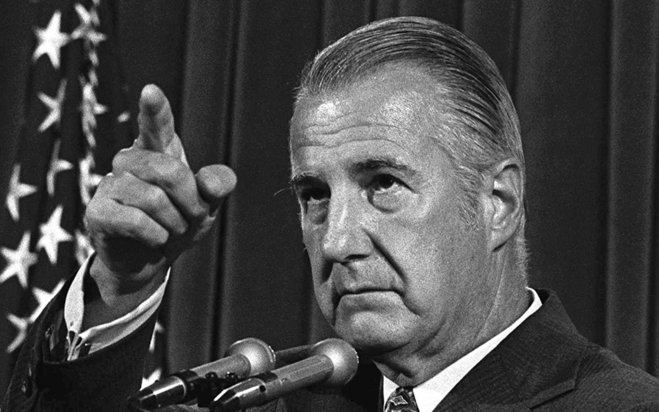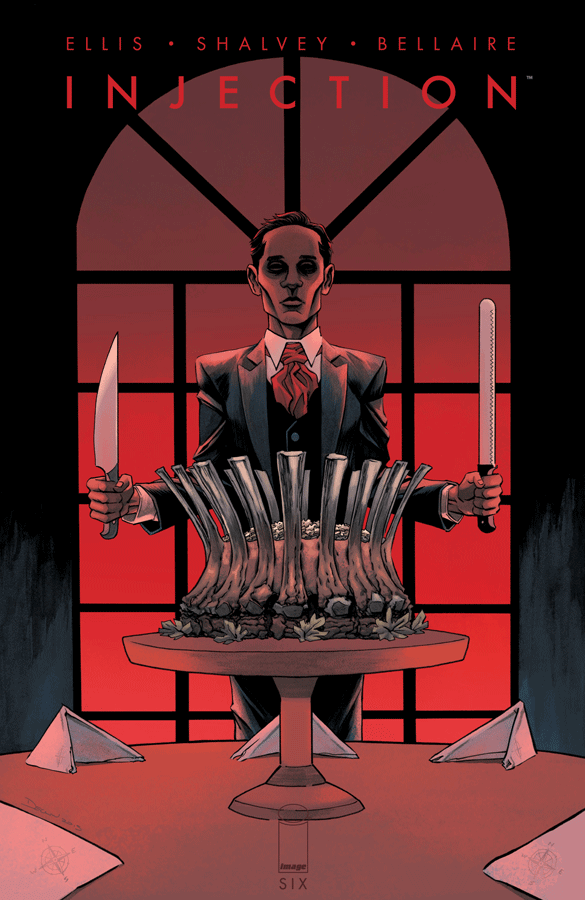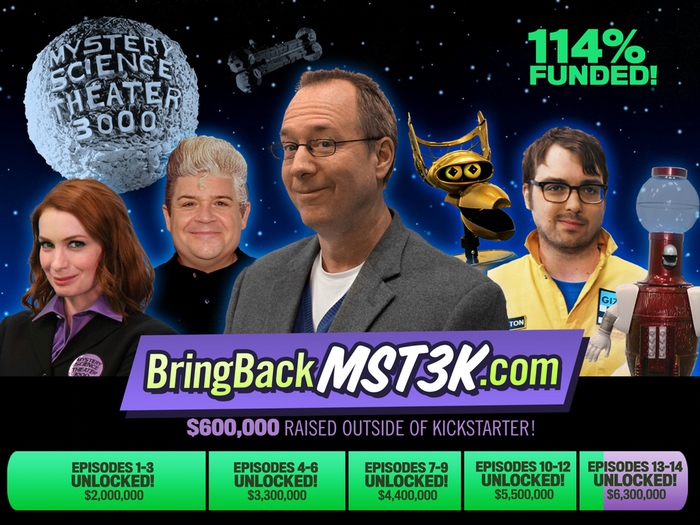Flight Simulator: Williams Star Trek: The Next Generation Pinball
If you have time to kill, you could make an entertaining diversion over debating whether or not pinball tables can be considered video games or not. Traditionally, they’ve always existed on the margins of the industry: You won’t see any big video game publications talking about them, but you will likely see fans of a certain kind of video game, namely retro hobbyists, displaying a passion for pinball tables very similar to the one they have for their favourite video games.
 From my point of view, this is extremely easy to explain. Pinball tables may not be video games per se, but they’re definitely close relatives-Fellow travellers at the very least. There’s a lineage shared by both pinball and a certain strand of the video game industry, which just so happens to be the one that most interests me personally. In fact, I would argue that video games, at their purest, are far closer to pinball than they are to computers and computer games. To put my point in the crudest and most basic terms, although they’re both technically speaking interactive electronic entertainment, computer games were historically always programming exercises intended both to allow coders to flex their logic muscles and test the limits of computer hardware. Video games, by contrast, I feel have always been more of an attempt to design a kind of action-oriented sensory experience. As an illustration, contrast two of the most prototypical computer and video games: Zork and Asteroids: Both came out within a few years of each other, both were called “games” of some kind, but each is profoundly different from the other. One consists of nothing but plain text, is deeply narrative-driven and is meant to be puzzled over in long, marathon sessions, the other consists of vector graphics, has no story whatsoever and is meant to be played in short bursts.
From my point of view, this is extremely easy to explain. Pinball tables may not be video games per se, but they’re definitely close relatives-Fellow travellers at the very least. There’s a lineage shared by both pinball and a certain strand of the video game industry, which just so happens to be the one that most interests me personally. In fact, I would argue that video games, at their purest, are far closer to pinball than they are to computers and computer games. To put my point in the crudest and most basic terms, although they’re both technically speaking interactive electronic entertainment, computer games were historically always programming exercises intended both to allow coders to flex their logic muscles and test the limits of computer hardware. Video games, by contrast, I feel have always been more of an attempt to design a kind of action-oriented sensory experience. As an illustration, contrast two of the most prototypical computer and video games: Zork and Asteroids: Both came out within a few years of each other, both were called “games” of some kind, but each is profoundly different from the other. One consists of nothing but plain text, is deeply narrative-driven and is meant to be puzzled over in long, marathon sessions, the other consists of vector graphics, has no story whatsoever and is meant to be played in short bursts.
Another difference is the setting these two titles were conceived of as being played in. Zork is surely for the home computer user, and in 1977 “home computer user” signifies a very specific sort of person. Asteroids, on the other hand, was meant to be played in bars and arcades: Extremely public places. Asteroids was also a coin-op cabinet. In other words, it’s a game that can be played by literally anyone who has some loose change in their pocket. This is what brings us back to pinball, because it’s pinball tables, not computer games like Zork, that are the true ancestor for video games as we know them today (or at least as *I* know them). Like Asteroids, pinball is a stand-up, coin-op cabinet game that has no story and relies on visual and auditory sensory feedback to cultivate an experience between the player and the game, and like Asteroids, pinball games used to be found in bars and arcades everywhere and could be played by anyone with a few quarters to spare. And both pinball tables and video games exist in the liminal space between digital electronics and analog mechanics inhabited only by a chosen few.…


 Here’s the official description of this podcast, which James pinged me and told me existed last night:
Here’s the official description of this podcast, which James pinged me and told me existed last night:



 You have to wait two or three years between Star Wars movies. And that’s when a trilogy is under way. At other times you have to wait decades. Hopefully it won’t be that long before the next bit of my even-more-exciting-than-the-films Forward, to the Past! trilogy of posts appears. In the meantime, here’s Shabcast 15, AKA Shabcast L15TEN.
You have to wait two or three years between Star Wars movies. And that’s when a trilogy is under way. At other times you have to wait decades. Hopefully it won’t be that long before the next bit of my even-more-exciting-than-the-films Forward, to the Past! trilogy of posts appears. In the meantime, here’s Shabcast 15, AKA Shabcast L15TEN. Digital edition codes will work for the first person to try to use them at
Digital edition codes will work for the first person to try to use them at  I’m joined by Chris O’Leary of
I’m joined by Chris O’Leary of 
 Seth Aaron Hershman revisits
Seth Aaron Hershman revisits